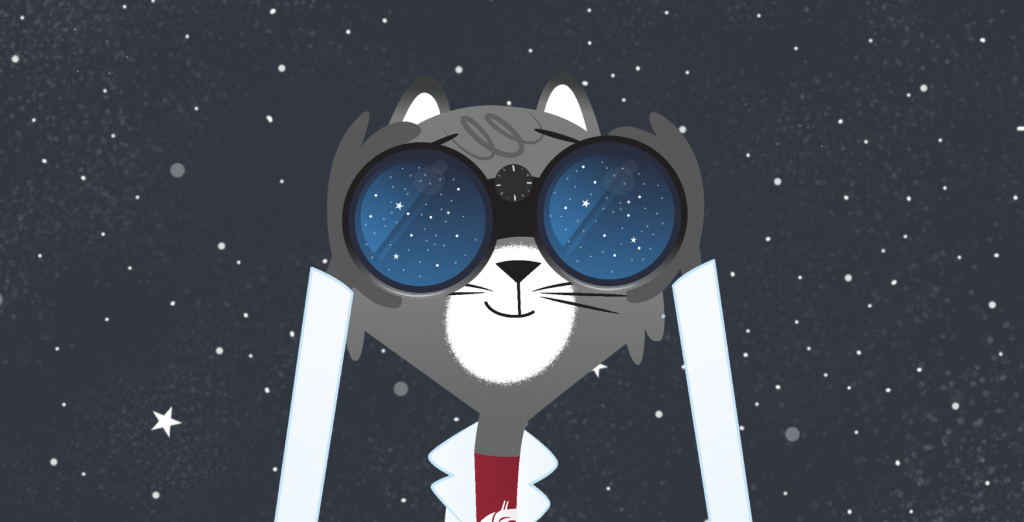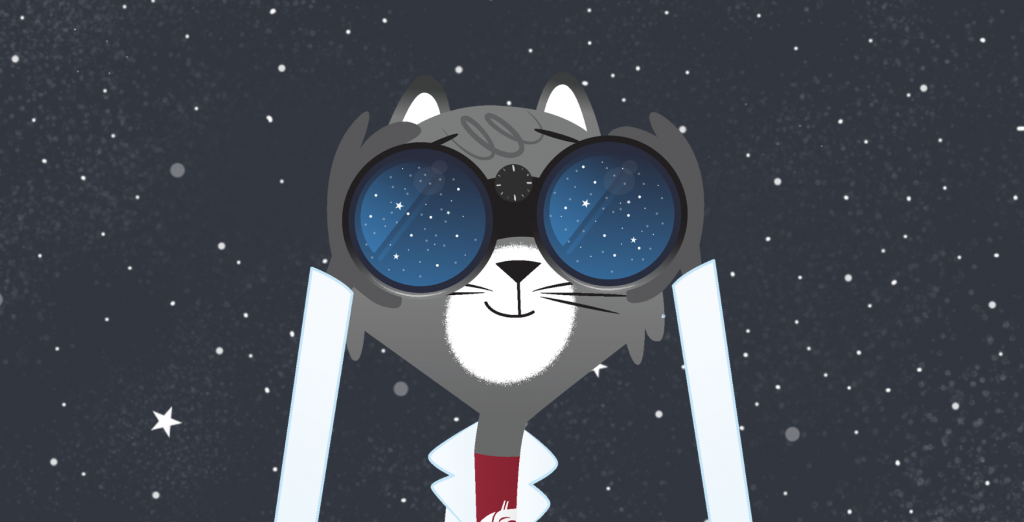Dr. Universe: Why do some birds cheep loudly while other birds cheep quietly? -Traver, 4, Indiana
Dear Traver,
That’s a great observation. Birds make all kinds of sounds and for lots of different reasons.
When I got your question, I called up my friend Jessica Tir, a graduate student at Washington State University who studies songbirds.
She said one of the main reasons a bird will make a loud sound is to attract a mate. When the birds find each other, they can make a nest for their eggs and wait for babies to hatch.
Songbirds, such as swallows and starlings, learn their songs when they are babies. Usually, they learn the song from their dad.
“That’s the song they are going to sing for the rest of their life,” Tir said.
One of Tir’s favorite bird sounds is the varied thrush, an orange and black songbird that lives in the Pacific Northwest. They are known for their calls that sound a bit like a UFO. She also told me not all birds have songs. Some birds like hawks and seagulls make noises such as caws, clucks, or screeches.
Birds may also get loud because they want to let other birds know they’ve found some food. It’s almost like an invitation to dinner. Baby birds may also chirp quietly or loudly when they are hungry.
In the lab at WSU, Tir records songbirds’ songs on microphones to learn more about how they communicate with each other, especially when they are hungry. The research will help us learn more about communication and how much food there is some birds’ habitat.
Birds may also get loud when they sense danger in their environment. When birds hear a fellow bird send out a warning, everyone might get really quiet. You might not hear a peep. This can help the birds stay safe from predators.
If birds are being a bit quieter, it might just mean they are sort of chatting throughout the day. Different situations may call for different volumes. This is true among humans, too. Maybe a friend yells across the playground to get your attention or maybe you have to be really quiet and put on your listening ears during story time.
While humans can make sounds with help from their vocal cords, birds use a part called the syrinx (SEE-RINKS). Ostriches have a much bigger syrinx than, say, a tiny swallow, but they work in similar ways.
As air moves through the syrinx, it helps produce the different sounds. It sort of reminds me of how air moves through a musical instrument.
And those bird sounds can make my ears perk right up. Maybe they’ve caught your attention too and inspired you to look for the source of the sound.
The next time you go outside, keep your ears out. How many different kinds of birds can you hear? Can you find the bird making the sound?
Sincerely,
Dr. Universe
Know a kid with a science question?
With help from my friends at Washington State University, we’re investigating tough and smart questions from curious kids around the world.


